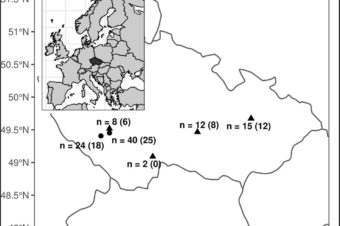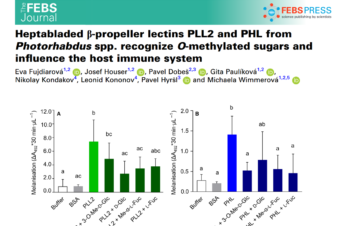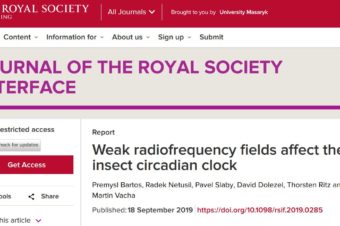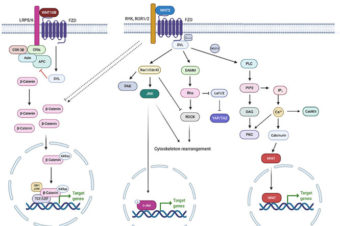It has been known for many years that in temperate climates the European honey bee,
Apis mellifera, exists in the form of two distinct populations within the year, short-living summer bees
and long-living winter bees. However, there is only limited knowledge about the basic biochemical
markers of winter and summer populations as yet. Nevertheless, the distinction between these two
kinds of bees is becoming increasingly important as it can help beekeepers to estimate proportion of
long-living bees in hives and therefore in part predict success of overwintering. To identify markers
of winter generations, we employed the continuous long-term monitoring of a single honey bee
colony for almost two years, which included measurements of physiological and immunological
parameters. The results showed that the total concentration of proteins, the level of vitellogenin,
and the antibacterial activity of haemolymph are the best three of all followed parameters that are
related to honey bee longevity and can therefore be used as its markers.
Similar Posts
Differences in the growth rate and immune strategies of farmed and wild mallard populations
Individuals reared in captivity are exposed to distinct selection pressures and evolutionary processes causing genetic... Read More
Heptabladed β‐propeller lectins PLL2 and PHL from Photorhabdus spp. recognize O‐methylated sugars and influence the host immune system
O‐methylation is an unusual sugar modification with a function that is not fully understood. Given... Read More
Primary Cilia Formation Does Not Rely on WNT/β-Catenin Signaling
Abstract: Primary cilia act as crucial regulators of embryo development and tissue homeostasis. They are... Read More
Weak radiofrequency fields affect the insect circadian clock
It is known that the circadian clock in Drosophila can be sensitive to static magnetic... Read More
WNT5B in Physiology and Disease
Abstract: WNT5B, a member of the WNT family of proteins that is closely related to... Read More
Roles of individual human Dishevelled paralogs in the Wnt signalling pathways
Abstract: Dishevelled (DVL) proteins are key mediators of most Wnt pathways. In all vertebrates, three... Read More





